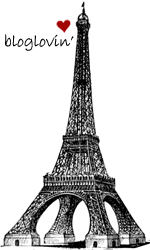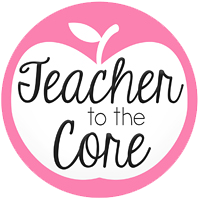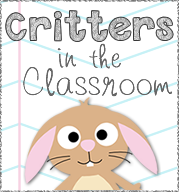This week we are starting our new Literacy unit on Procedural Non-fiction. Students will be able to identify nonfiction how-to books, discuss the ways how-to books are used, apply their knowledge and create a how-to book of their own. Procedural Non-fiction is just one type of Non-fiction. How can you help at home?
I hope this provides you with some more information to help your child at home:
The genre of nonfiction is used to describe texts that convey true or accurate details about the world. This genre is pretty broad and includes types of texts such as biography, how-to, procedural, and informational. The genre of nonfiction is distinct because of the text features that are specific to each type of text. While text features are meant to organize the text and give more information, they tend to confuse young readers. Nonfiction text features may include table of contents, glossary, diagram, picture with captions, or headings. Nonfiction texts are also hard to understand for young readers because they are less familiar with this complex structure. It requires them to shift their expectation and purpose for reading, which is challenging without guidance. This genre is a powerful genre for children because it does encourage and promote wondering and inquiry. It allows them to continually ask questions and seek out the answers. It also empowers them with knowledge and the ability to discover information.
In the past, nonfiction was slowly introduced to students as they entered later grades. You may remember when you were in school that fiction with narrative structure dominated most primary grades until the introduction of nonfiction around grade 4. This dramatic introduction lead to a lot of students struggle in reading, which sometimes is referred to as the “fourth grade slump.”
Now, teachers are trying to introduce nonfiction at a younger age, even in Pre-K, so children are familiar with the genre. At home, you can do this too. Below you will find some tips for increasing comprehension with nonfiction texts.
Explore the nonfiction section at the library. See the Choosing Nonfiction Books for Young Readers chart for tips on selecting good nonfiction texts. Be sure to choose something that has a catchy cover and illustration so your child will be immediately intrigued. Then, make sure the topic is something they are interested in learning more about.
Before reading nonfiction books, preview the book with your child. Look through the book to identify important text features (charts, graphs, section headings, etc) and highlight key vocabulary. This will set your child up for success before they read. Ask the question “What do you notice” to help spark conversation about the structure of the text.
Explore series of books. When children know there are many books to explore in a series, they are more often interested in reading. It gets them hooked in and they are eager to go back to the library or book store to see if they have any more. See this Informational Series Book Chart for nonfiction books in a series.
Find a nonfiction companion for their favorite genre. If your child really loves realistic fiction, find a nonfiction book that may keep that book company. For example, if their realistic fiction book was about a boy who experiences outdoor adventures like mountain biking, find a nonfiction book that provides information specifically about mountain biking. If your child enjoys historical fiction, find a nonfiction book in the form of a biography for them to read facts about someone in that time period, or an informational book to provide details about that time period. Providing a nonfiction companion book is a good way to help your child make connections across texts and spark interest in other genres. The Magic Tree House series has nonfiction book companions for many of their books. This would be a great starting point.
Remember the power of conversation after reading. Ask questions to help start conversation about the text and promote comprehension. Some questions might include:
What did you think about the book?
How did it make you feel?
What were your favorite parts?
What did you learn that you didn’t know before?
Did the book give you any ideas for writing or drawing?


























